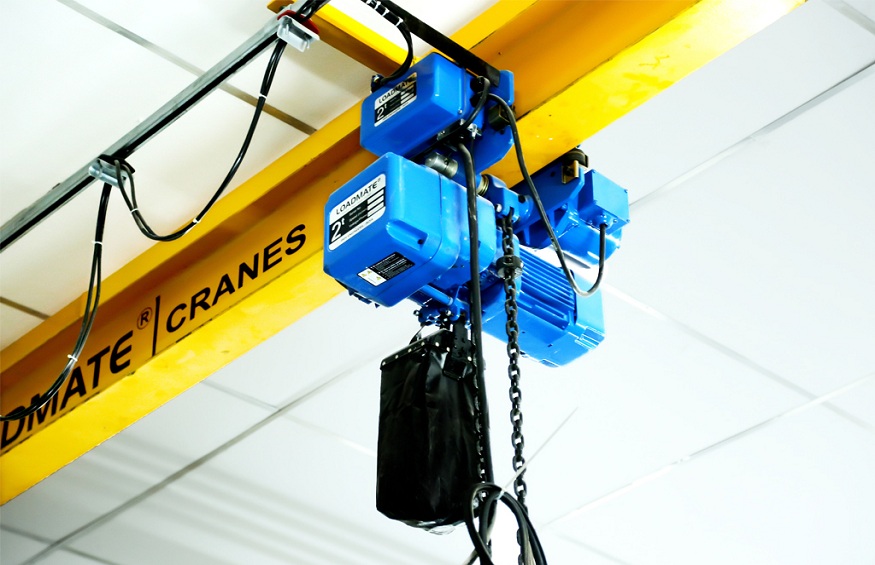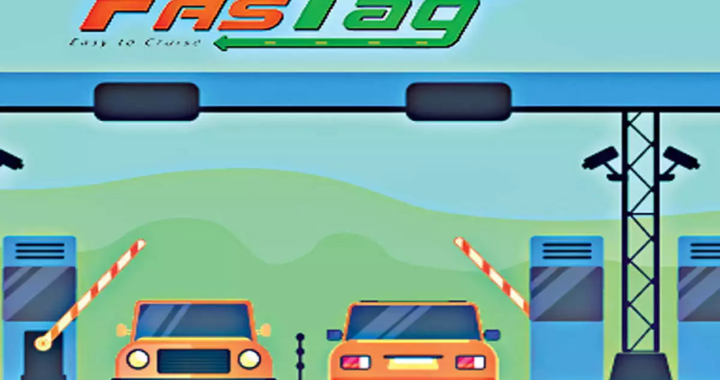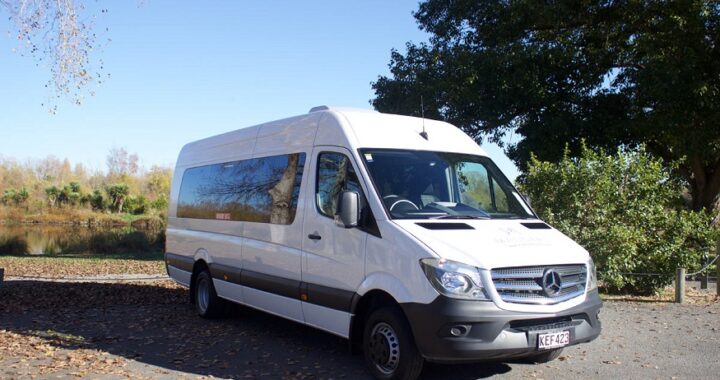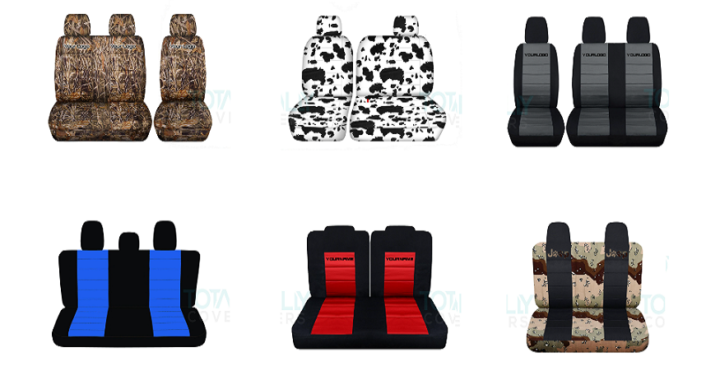Everything one needs to know about Air Hoists and its parts

Hoists make things easier to raise and manipulate goods, which helps to simplify labor-intensive commercial applications and procedures. A hoist is a safety mechanism that descends or moves goods using a cable wound together around the spindle. They are often used to elevate people who are otherwise incapacitated, as well as in automobiles and development. Hoists are assigned to various tasks depending on the level of wire and power supply they use. If you are looking for air hoists, try considering Ingersoll Rand air hoist parts.
Pneumatic / Working Air Hoists
Air hoists, also known as pneumatic hoists, have a connected up-and-down command handle similar to regular hoist systems, but with the additional floating functionality provided by the pressurized gas that powers them. The hovering air capability allows for weightless vertical motion.
Since airlifts do not need electric engines, they could be used in remote locations. Air hoists are typically 40–50 percent lighter than electrical hoists. They’re made to be of limited maintenance, filth, and dust resistant, heat, vapors, high temperatures, and humidity-resistant, and self-cooling. Chemical factories, paint workshops, and mines all benefit from air hoists. The challenging position and rate amount of air hoists are disadvantages.
The Air Hoist in Action
Only fully qualified and authorized operators can use air hoists. They’re designed to lift and hold objects and goods, not to convey people. Load stopper, emergency brake, and jolt protection, as well as a hook, latch, and cutoff switch, should all be included in the hoist. To protect the carrier’s hands from metal electric assist, he or she should constantly wear appropriate safety mittens.
Outdoors static hoists must be weatherproofed and serviced daily. The air hoist’s brake function, parking brake, and raising / lowering limitations should all be checked daily. Bearings should be inspected and lubricated once a month. Yearly inspections should be performed on the compressed gas connections, engine, all screw and pin linkages, sprocket wheels and chain guidance, load hooks, brakes (including load), & link box.
The airlift is handled at a 4 or 6 bar network to prevent underachievement or overload. For all the air hoists to work well, the airway must be completely dry, and must never be used with other chemicals. Don’t use an airlift in a nuclear power station (critical regions) or anywhere there are amino chemicals, caustic acid, or toxic environments.
Air Hoists Come in a Variety of Shapes and Sizes
Air hoists can also act as supporting devices, sustaining huge loads or the principal weight whereas the operator puts the object into place for installation. The hovering feature allows you to keep track of tricky or fragile items or things that need to be placed precisely.
Air-powered threaded rod hoists are often quicker than cable hoists in terms of lifting velocity. Though threaded rod air hoists are much more costly, they reduce the risk of igniting and static/electric risks. Goods can be securely raised in dangerous conditions. Electric motor hazards are reduced by using air motors in hoists and trolleys. In dusty conditions, steel wire ropes, bronze bottom blocks and hooks, rubber pads, and metal trolley wheels decrease sparking.
Conclusion
The Air Hoist could be used for transportation as well as offloading. Ingersoll Rand air hoist parts provide excellent command, dependability, long life, and security to your weight crane operation.










